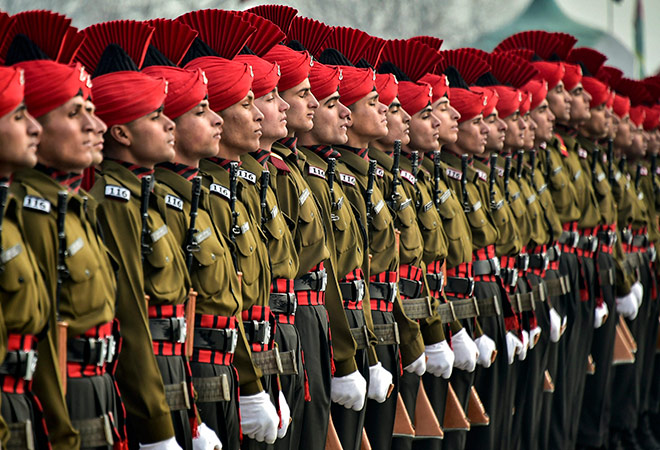As the nation awaits the Union budget for 2020-21, there is a sense of anticipation in the air. In more ways than one, this is being viewed as a make-or-break budget for the Narendra Modi government. A decline in India’s economic growth rate has energized the prophets of doom and gloom. It is certainly imperative for Indian policymakers to bring the Indian growth story back onto the front pages of newspapers, but it is equally important to ascertain the implications of this decline for Indian foreign policy. After all, India’s emergence as a global power of reckoning is predicated on its sustained economic rise in the international order for decades together.
Resources are fundamental to the emergence of major powers. In international relations, power is by and large measured in terms of resources, economic wealth, and military might in particular. It is economic power that not only allows a nation to invest in building its military capabilities, but also makes it possible for it to enhance its influence abroad through economic diplomacy and soft power. The wealthier a country becomes, the more its ambitions expand, and it invests in those resources which enhance its ability to project power. If military resources allow it to target its adversaries and draw red lines, trade and investment relations allow it to attract partners. Economic success, therefore, is seen as the principal propeller of a country’s rise to power. It is well known that states can easily convert economic resources into military might. As economic strength declines, countries find it difficult to balance their gun-versus-butter preferences.
It was India’s economic rise that made it possible for its policymakers and their global interlocutors to envision India as a major pole in the evolving global order. If the global centre of gravity of economics and politics has been shifting from the West towards the East, then India’s economic heft along with that of China’s has been a large part of this dynamic. If the world has been talking about a multipolar order on the horizon, then it was India’s surging rates of growth that made it possible for New Delhi to think of a role for itself. And even those who believed the global order was headed for a kind of bipolarity, this century saw India’s economic might as the key variable that would shape the outcome between the US and China.
Diplomatically, it was a robust economic profile that enabled Indian policymakers to think of an expansive global footprint beyond just South Asia and the Indian Ocean region. New Delhi could position itself as a maritime power and a continental power simultaneously in the emerging geographies of the Indo-Pacific and Eurasia, partly because it assumed it had the wherewithal to manage turbulence in these areas. India as a net security provider in the wider East and Southeast Asia looked like a realistic possibility, and Indian assurances acquired a little more credibility for its allies even as its threats gained a sharper edge for its adversaries.
Militarily, India could expand its ambitions and shape the global defence markets as one of the largest buyers of military hardware. Its defence diplomacy attained greater salience because it had more resources to devote to militarily engaging other nations. It has been acquiring land-, air- and sea-based assets and obtaining greater coercive power to shape outcomes in its favour on the back of higher rates of economic growth.
Politically too, the India model became attractive as an alternative to the Chinese model. Here was a democracy trying its best to bring millions out of poverty, not in an authoritarian setup, but in a liberal, contested political system. And this has been a rebuke to those who first talked of India as a land of the “Hindu rate of growth" and then put China on a pedestal for achieving economic prosperity.
So, it is not surprising that as the Indian economic story faces some headwinds, it will have implications for its global posture. But the Indian economy will bounce back, sooner or later. The challenge for New Delhi will be not to lose the momentum generated by its economic rise over the last three decades on the international frontier. Domestic contestations will continue and the economic situation will go back and forth. New Delhi’s engagement with the world should not recede, for that will undermine Indian foreign policy achievements of the last two decades which have allowed India to emerge as a serious player in the global hierarchy. While higher rates of economic growth would allow India to continue to pursue its expansive global diplomatic engagements relatively easily, economic growth is no substitute for strategy.
Strategy matters even more when resources are in short supply. Any nation can claim to have global ambitions when its gross domestic product growth is high. It is only when the domestic and global economic situation is tight that the real value of strategy becomes palpable. So, even as the nation awaits a budget that can hopefully spur India on to a high growth trajectory, policymakers in New Delhi should be crafting a long-term response to what are likely to be challenging times in the days and months ahead.
This commentary originally appeared in Live Mint.




 PREV
PREV


